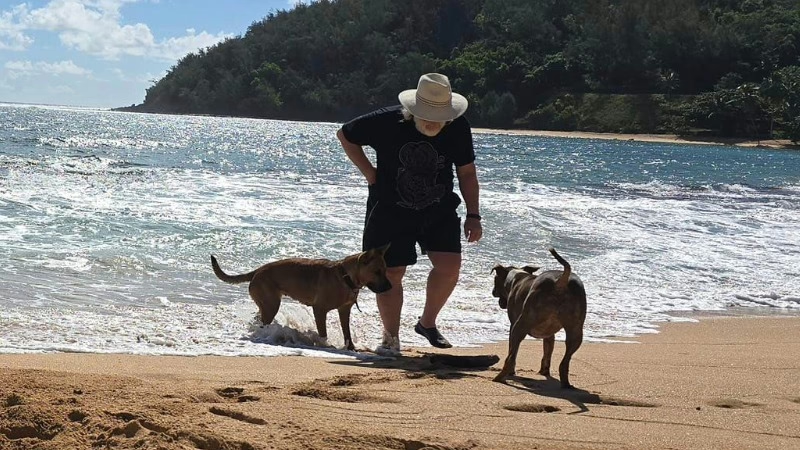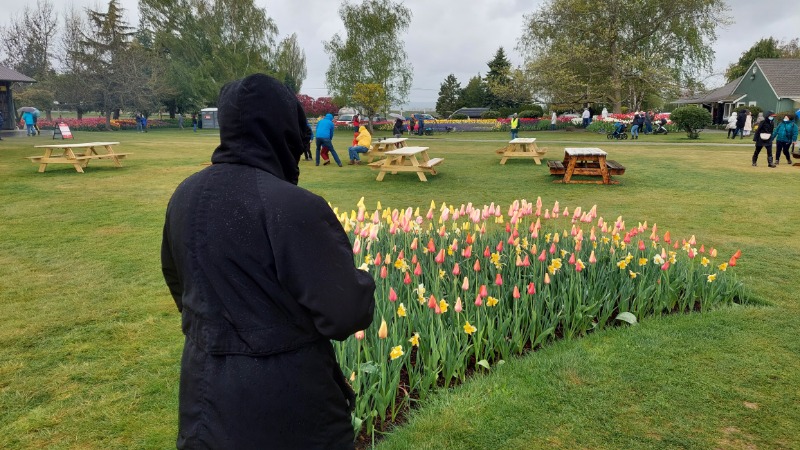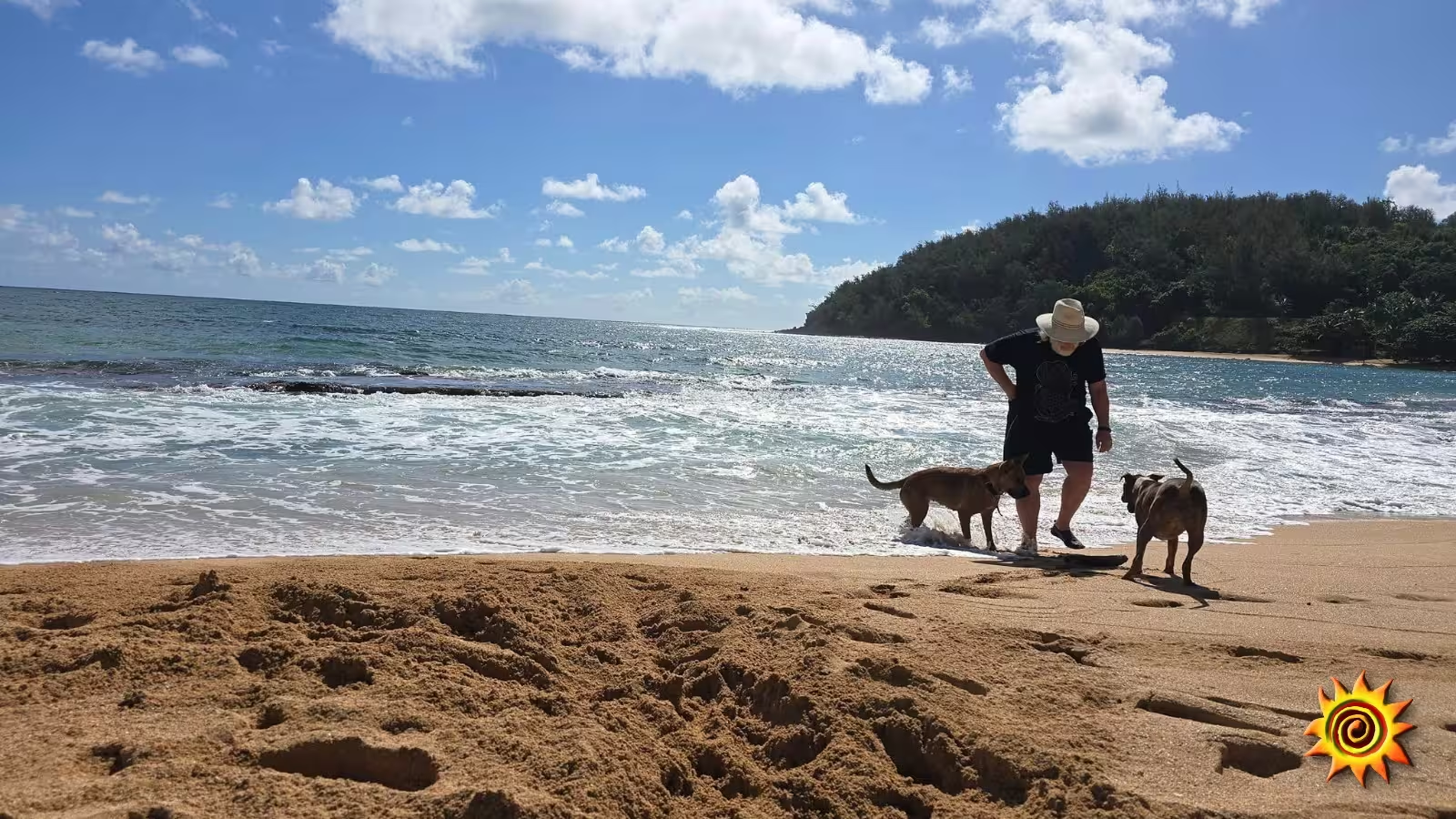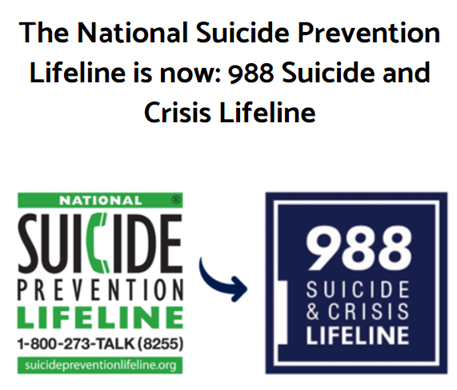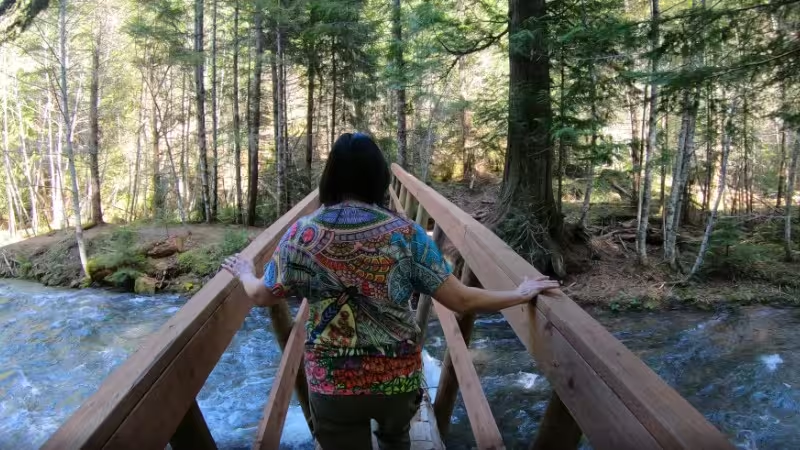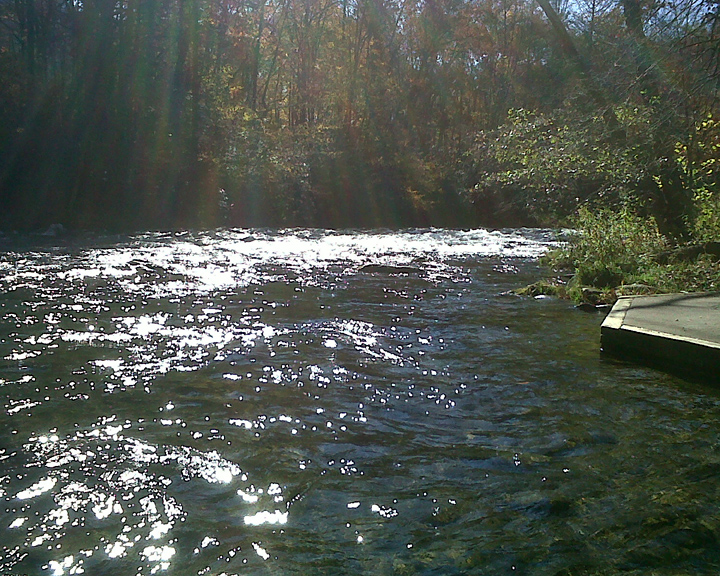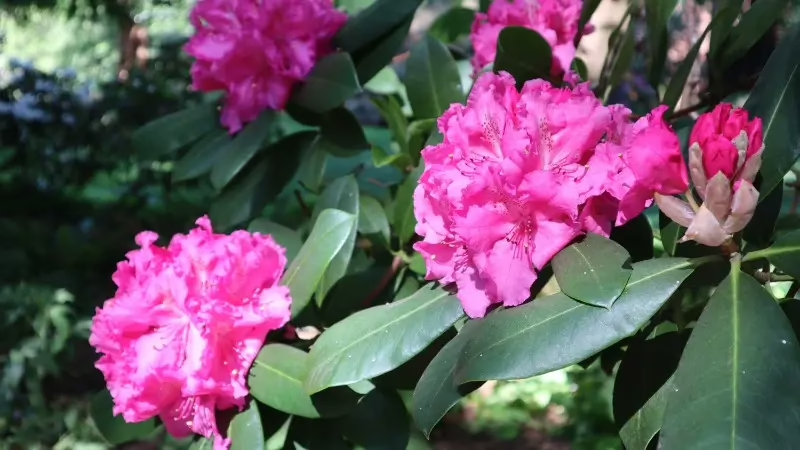
In this post…
Stress is an ever-present challenge for many individuals. From work pressures to personal responsibilities, the demands on our mental health can be overwhelming. While various coping strategies exist, one powerful and increasingly popular method studies continue to support is mindfulness-based ecotherapy (MBE). This approach combines the principles of mindfulness with the healing power of nature to reduce stress, promote emotional well-being, and restore a sense of balance. But why does spending time in nature and practicing mindfulness help? The science behind this therapeutic combination sheds light on its effectiveness and offers insight into why it works.
The Healing Power of Nature
Nature has long been recognized for its positive effects on mental health. Studies have shown that spending time outdoors can significantly reduce stress levels and improve mood. In fact, studies indicate that just 20 minutes in a natural environment can lower cortisol levels (the body’s primary stress hormone) and increase feelings of relaxation and well-being (Berman et al., 2012). These effects are not just psychological but biological as well. Nature exposure has been linked in many studies to a reduction in sympathetic nervous system activity and an increase in parasympathetic nervous system activity, which helps the body relax (Park et al., 2010).
The restorative effects of nature are believed by these studies to stem from the concept of “restorative environments” (Kaplan & Kaplan, 1989). Natural spaces provide opportunities for individuals to detach from the overwhelming stimuli of urban environments and engage in restorative activities that foster attention restoration, mental clarity, and relaxation. Nature offers an environment that is calming, peaceful, and inherently less demanding on our cognitive resources, making it an ideal place to reduce stress and rejuvenate.
Mindfulness and Its Role in Stress Reduction
Mindfulness, defined as the practice of paying attention to the present moment with an attitude of non-judgment, has been shown in many studies to have numerous benefits for stress reduction. Mindfulness practices, including meditation, mindful breathing, and body scans, have been extensively studied and found to reduce stress, anxiety, and depression (Hofmann et al., 2010). When individuals practice mindfulness, they are able to observe their thoughts and emotions without getting caught up in them, allowing them to respond to stressors in a more grounded and calm manner.
Mindfulness encourages individuals to focus on their sensory experiences, such as the sounds of nature, the sensation of the wind, or the sight of greenery. This focus helps reduce the “chatter” of the mind, often associated with stress, and cultivates a sense of peace and connection to the present moment. According to hundreds of studies, practicing mindfulness in nature can amplify these effects, as nature inherently provides a calming backdrop for relaxation.
Combining Mindfulness with Nature: Mindfulness-Based Ecotherapy (MBE)
Mindfulness-based ecotherapy (MBE) takes these two powerful elements—mindfulness and nature—and combines them into a cohesive therapeutic approach. MBE integrates traditional mindfulness practices with eco-therapy, which involves using nature as a tool for psychological healing (Jordan & Hinds, 2016). The goal is to enhance psychological well-being by cultivating a mindful connection to the natural world and incorporating nature into the therapeutic process.
MBE is grounded in the belief that nature has a natural ability to restore balance, and when paired with mindfulness techniques, studies show this process can help individuals develop a greater sense of self-awareness, emotional regulation, and stress resilience. In an MBE session, individuals may engage in a variety of practices, such as mindful walking in nature, guided meditation while observing natural surroundings, or exercises that encourage clients to reflect on their relationship with the environment. By practicing mindfulness in a natural setting, individuals can gain a deeper sense of presence, which helps them manage stress and foster a greater connection to both themselves and the world around them.
The Scientific Basis for MBE’s Effectiveness
The benefits of mindfulness-based ecotherapy are supported by both scientific studies and anecdotal evidence. Research on eco-therapy has shown that individuals who engage in nature-based therapeutic practices report lower levels of stress, improved mood, and a stronger sense of emotional well-being (Buzzell & Chalquist, 2009). The mindfulness aspect of MBE further enhances these benefits, as mindfulness-based interventions have been shown to reduce physiological markers of stress, such as heart rate and blood pressure (Chiesa & Serretti, 2009).
Furthermore, the combination of mindfulness and nature provides a holistic approach to stress reduction that addresses both the body and the mind. Studies indicate that nature exposure helps to lower physiological stress markers, while mindfulness techniques help individuals develop cognitive and emotional skills to cope with stress in a more effective way. Together, these practices offer a comprehensive method for managing stress naturally and holistically.
Conclusion
Mindfulness-based ecotherapy offers a unique approach to stress management supported by multiple studies. By combining the stress-reducing benefits of nature with the emotional and cognitive benefits of mindfulness, MBE provides a powerful tool for reducing stress, enhancing emotional resilience, and improving overall well-being. As more people turn to natural remedies for mental health support, MBE stands out as a promising approach grounded in both research and practice. For individuals seeking a natural and effective way to manage stress, MBE may offer the perfect balance of connection to nature and mindfulness techniques, paving the way to a calmer, more centered life.
References
Berman, M. G., Jonides, J., & Kaplan, S. (2012). The cognitive benefits of interacting with nature. Psychological Science, 23(12), 1207-1212.
Buzzell, L., & Chalquist, C. (2009). Ecotherapy: Theory, research and practice. Macmillan International Higher Education.
Chiesa, A., & Serretti, A. (2009). Mindfulness-based stress reduction for stress management in healthy people: A review and meta-analysis. Journal of Clinical Psychology, 65(6), 557-568.
Hofmann, S. G., Sawyer, A. T., Witt, A. A., & Oh, D. (2010). The Efficacy of Mindfulness-Based Therapy: A Review and Meta-Analysis. Journal of Consulting and Clinical Psychology, 78(2), 169-183.
Jordan, M., & Hinds, J. (2016). Ecotherapy: Theory, research and practice. Macmillan International Higher Education.
Kaplan, S., & Kaplan, R. (1989). The Experience of Nature: A Psychological Perspective. Cambridge University Press.
Park, B. J., Tsunetsugu, Y., Kasetani, T., Kagawa, T., & Miyazaki, Y. (2010). The physiological effects of Shinrin-yoku (taking in the atmosphere of the forest): Results of field experiments in 24 forests across Japan. Environmental Health and Preventive Medicine, 15(1), 18-26.
Share Your Thoughts!
Have you ever used Mindfulness-Based Ecotherapy? What’s your experience with it? Share your thoughts in the comments below!
Don’t forget to check out our YouTube channel!
Schedule a Teletherapy Appointment with Dr. Charlton Hall
For those seeking personalized guidance in incorporating Mindfulness-Based Ecotherapy into their lives, Charlton Hall, MMFT, PhD, LMFT, offers professional teletherapy sessions. With extensive expertise in MBE, Dr. Hall provides tailored strategies to help individuals overcome insomnia and achieve restorative sleep.
How to Schedule an Appointment:
- Visit the Mindful Ecotherapy Center Website to find more information about Dr. Hall’s approach to sleep wellness and mindfulness-based therapies.
- Book a Consultation – Easily schedule a teletherapy session that fits your availability.
- Receive Expert Guidance – Work one-on-one with Dr. Hall to develop a personalized sleep-improvement plan using MBE techniques.
By integrating Mindfulness-Based Ecotherapy into your daily routine, you can naturally enhance your sleep quality, reduce stress, and achieve long-term wellness.
Schedule an Appointment Today!
Ready to take the next step? Schedule a session with Charlton Hall today and start your journey to better sleep through the healing power of nature.


